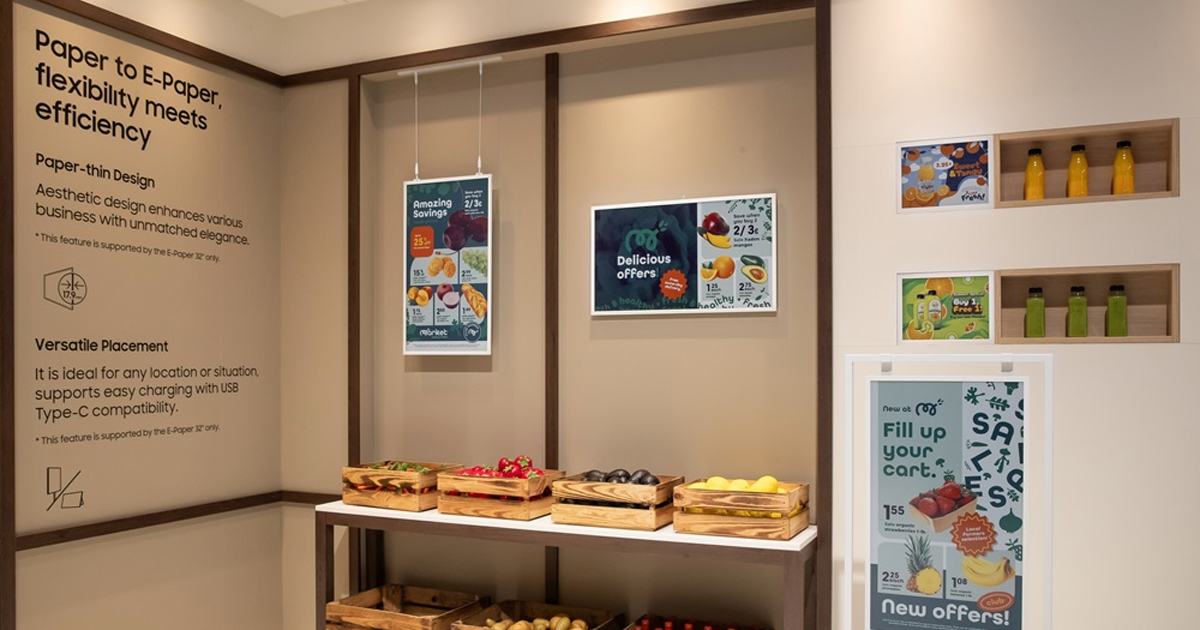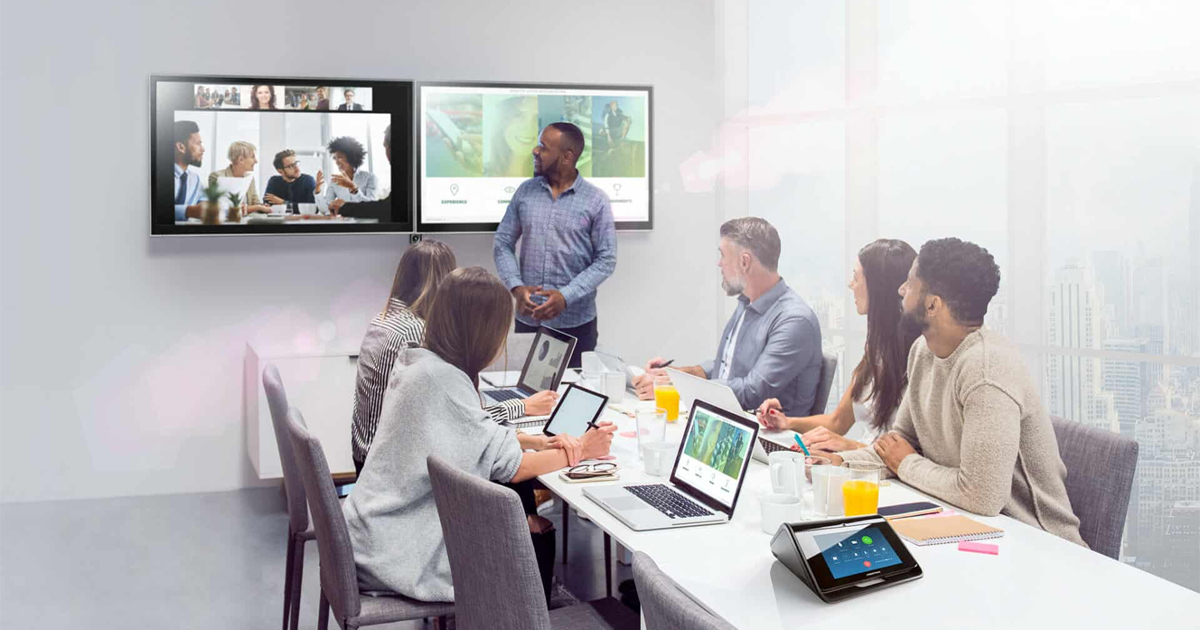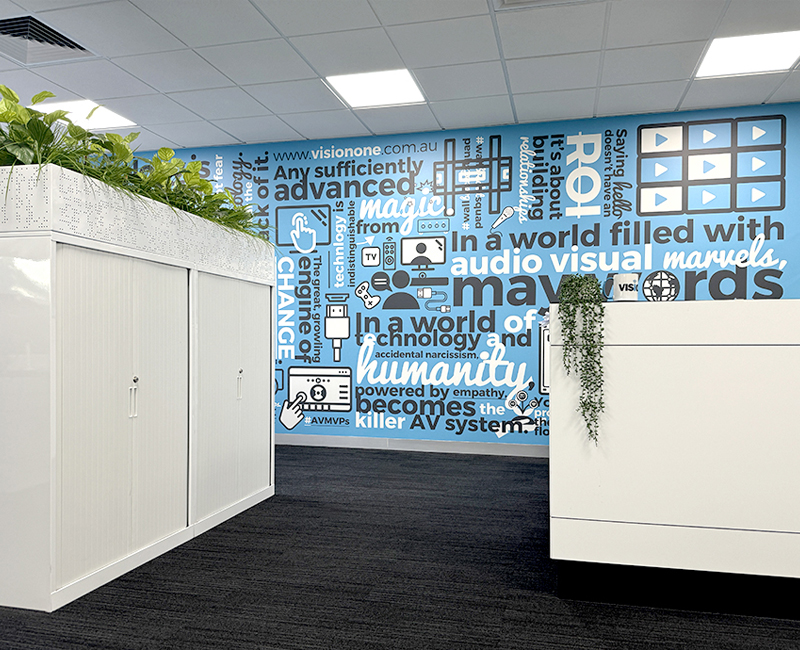The following article has been re-posted from shure.com:
Clear communication is at the core of every successful business meeting. Without it, meaningful discussion is compromised, important ideas may need to be repeated and participants become frustrated, leading to a loss of productivity and a negative impact on your bottom line.
But, as companies need increasing agility in the digital age, smart and reliable audio solutions have become a tool to ensure that organizations stay ahead of competitors.
The successful deployment of a microphone or microphone system can play an essential role giving your company a communications edge. Using the right microphone in the correct environment can make an important difference in maximizing the effectiveness of your meetings.
With audio conferencing now increasingly in the IT team’s wheelhouse, this quick guide aims to give your team the confidence to implement flawless audio solutions in a range of corporate environments.
Factors Impacting Audio Quality
From meeting rooms to huddle spaces, it’s important to remember that every meeting scenario offers different and unique challenges. While there’s no one-size-fits-all solution, some essential factors are universal.
When installing a boardroom microphone and audio solution, professionals need to consider:
- Room size
- Number of attendees
- Seating arrangement
- Number of presenters
- Presentation style
Looking at these fundamentals will help you make an informed choice about your microphones, and microphone system.
The Boardroom Scenario
Boardrooms typically accommodate between 6 and 30 participants who are usually seated at one large table. Microphones are common in boardrooms, both for teleconferencing and as a means of recording proceedings for archival purposes.

Attention is almost always given to the room’s aesthetics and acoustical characteristics. Room surfaces – ceilings, walls and floors – often benefit from sound treatment materials, panels and furnishings in an attempt to optimize audio by making these spaces less reflective.
Key Issue #1: Room size
In some boardrooms, the greater the number of attendees, the greater the risk of intelligibility issues in certain areas. Speech level fades as the distance between the speaker and listener increases. The negative impact is often heightened when participants fail to face each other when speaking.
In these scenarios, a microphone solution incorporating voice lift technology can be very effective. Voice lift, available in most conference systems, amplifies the voices of attendees in one part of the room so other attendees can hear them clearly. It subtly enhances frequency ranges most critical for intelligibility to restore natural speech levels and ensure greater clarity.
Ceiling microphones can work effectively with voice lift applications, but only if they are extremely directional to avoid picking up sounds and subsequent reverberations from nearby loudspeakers. The microphone’s pickup area also needs to focus only on the desired group of talkers, even if participants lean back or stand up when speaking.
Key Issue #2: Security
Often in boardroom meetings, highly sensitive issues are debated or discussed. Security and privacy options are more important than ever before. Look for systems that offer:
Mute conversation
It’s important for a meeting to sound great, but it’s equally important for senior employees and directors to be confident that when they push the mute button, any confidential information is not heard.
Encryption
Encryption is an important security method for video conferencing. As AV conferencing equipment now sits on networks, organizations need assurance that these devices are not open to cybersecurity breaches.
For AV teams, this creates the new challenge of balancing the demand for high security without compromising on audio quality. Whether microphones are wired or wireless, the signal between network audio devices cannot be breached. No one within your facility, even those on your network, can listen to your meetings.
Key Issue #3: Room Acoustics
Room acoustics in the modern meeting environment are far more important than most people realize. Many contemporary spaces feature glass surfaces which are on trend for designers but cause headaches for audio, producing reflections that lead to hollow sound and reduced audio quality.
While applying acoustical treatments and consulting with an acoustics expert can help, microphone choice and placement are also key to overcoming the challenges of a room with hard surfaces. If microphones are aimed accurately, they will pick up less room noise and more of the essential communications required.
Key Issue #4: RF Interference
If you’re located in a city’s downtown area, wireless microphone systems are at risk of RF interference from other wireless equipment. Interruptions from these unwanted signals can ruin dynamic interactions with distracting noise and dropouts.
RFI (Radio Frequency Interference) is defined as an unwanted signal that compromises a sound system by directly interfering with wireless microphones or inducing noise in other audio components. Typical sources include FM radio stations, AM radio stations, walkie-talkies or cell phones. The resulting noise takes the form of unwanted buzzing, noise bursts or even music. If you’re implementing an audio solution in a dense urban location, make sure to evaluate the capabilities of microphones in combating these unwanted distractions.
Shure Microphone Solutions
In its nearly 100 year history, Shure has emerged as a global leader in pro audio, known for its game-changing engineering as well as its unassailable reputation for quality and reliability. Those attributes are present in Shure’s wide spectrum of meeting, discussion and boardroom solutions.
If a table has many meeting participants or is of an unconventional size, then end users might prefer the microphone to be elsewhere for less office clutter and better audio quality. In this case, Shure’s MXA910 Ceiling Array Microphone is a great solution. It works effectively whether the boardroom setting is fixed, temporary or multi-purpose. The Shure MXA910 with Intellimix® features state-of-the-art DSP technology that works intuitively to provide the best audio experience possible.
The MX395 Microflex Low Profile Boundary Microphone offers an economical microphone solution and works best when several are positioned along the center of a table.
Microflex Wireless offers greater versatility and more effective audio without the need for excess equipment clutter in the form of wires or plugs. It offers security from interference in corporate environment and larger meeting spaces. The MXWAPT8 Access Point Receiver is an 8-channel wireless access point compatible with Microflex Wireless microphone systems. It works well within the corporate environment as the supplied mounting plate and paintable cover allows discreet placement in boardrooms.
Directional and wireless microphones from the Microflex Complete Digital Conference System offer a variety of potential options for professionals all with a focus on delivering scalable world class audio within your meeting environments.
Flexible for Room Sizes and Types

Camera Tracking
Camera tracking technology, also when used with the MXA910, can elevate your boardroom meeting, especially for larger gatherings. Multiple cameras will enable external viewers to see different angles and views of participants. Because the MXA910 quickly and reliably selects the right lobe for any talker, the camera tracking system always shows the appropriate view. When used in combination with a voice lift system, the pickup lobes of the MXA910 can be easily adjusted to precisely match a room’s configuration and capture audio from the desired coverage areas.
Confidential Conversation
The Shure P300 Audio Conferencing Processor’s Mute Sync feature can be used in tandem with the MXA910. This intuitive, programming-free LED mute sync functionality works with leading third-party software codecs including Zoom Rooms and Microsoft Skype and guarantees security is maintained so sensitive conversations can remain offline.
Shure Audio Encryption offers protection against any data breaches when used with the IntelliMix P300 Audio Conferencing Processor or Shure Audio Network Interfaces.
The network uses AES-256 encryption to protect confidential content flowing between Shure audio devices. This is one of the safest forms of network protection currently available and used by financial services organizations, government bodies and health care services
Take Control
Not that long ago, end users had to adapt to the demands of technology. But now, audio solutions are so advanced, they can adapt to each situation and be tailored to how you like to do business. It means you’re now free to stop worrying about audio quality and focus on what you do best: communicating clearly with clients and customers to drive your organization’s success.
















